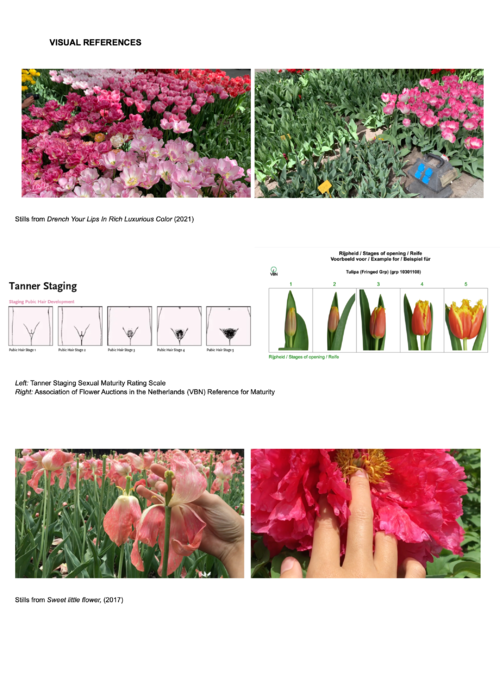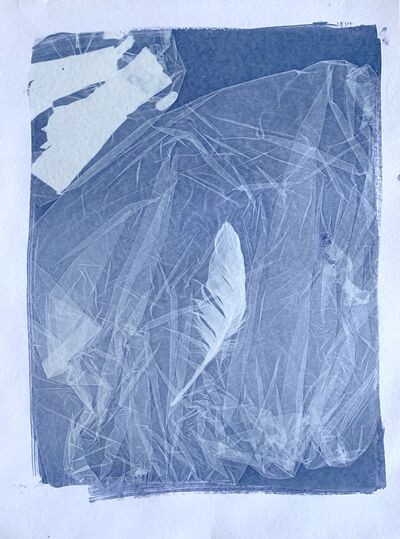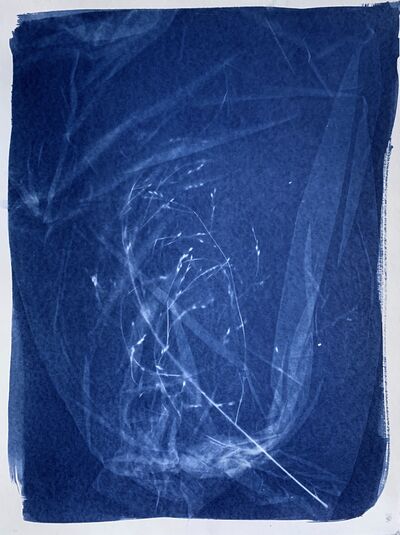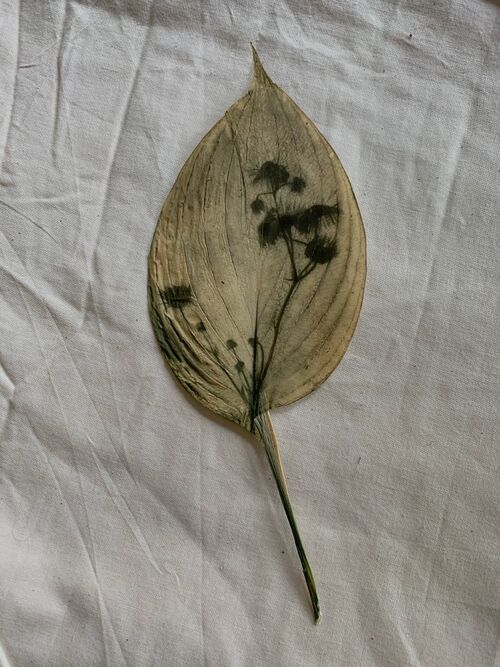|
|
| (50 intermediate revisions by the same user not shown) |
| Line 1: |
Line 1: |
| ==Projects==
| |
|
| |
|
| '''The Sun Burns An Image Into My Eye'''
| |
|
| |
|
| {{vimeo|479917305}}
| |
|
| |
|
| | 10.31.22 Presentation [https://drive.google.com/file/d/10E0_Zq-c6dvs_aOqKGSXaIfEbH_vKx_F/view?usp=sharing PDF] [https://docs.google.com/presentation/d/1qcfV4GJGZgXkeTKpFfwavQvaI9sWu6Cy/edit?usp=sharing&ouid=109513610581024551239&rtpof=true&sd=true PPT] |
|
| |
|
| == Notebook ==
| | [[File:Look natural in any light.png|500px]] |
|
| |
|
| [[User:Shannon/other page|Other Page]]
| | *Sweet little flower, |
| | https://vimeo.com/319400151 |
|
| |
|
| '''Reading, Writing, Research Methodologies'''
| |
|
| |
|
| [[User:Shannon/What, How, Why|What, How, Why]]
| |
|
| |
|
| [[User:Shannon/Interview|Interview]]
| | *The Sun Burns An Image Into My Eye |
|
| |
|
| '''Interview'''
| | *cyanotypes, chlorophyll prints |
| | [[File:Cyanotype 1.jpg|400px]] |
| | [[File:Cyanotype 2.jpg|400px]] |
|
| |
|
| I’m working on a video essay on interconnectedness, involving ideas that I've encountered from the Buddhist monk Thich Nhat Hanh, and from the way that people interact with the environment. Like how birds poop on my balcony table and then the acid from the poop eats away at the wood - very small examples of permeability that blur the separation between beings, objects, etc. And in an emotional sense as well - if you are suffering and confide in your friend, they will feel your suffering too and it transfers and enters them. We organize the world into separate objects but in reality the boundaries are less clear.
| | [[File:Chlorophyll Print.jpg|500px]] |
|
| |
|
| The images are from my time locked-down in Williamstown, Massachusetts this past spring and summer. Full of anxiety, I found refuge in the plants and trees in the area, and many of the images engage nature. Once I came to Rotterdam, the photos then took on another dimension of longing - I missed being immersed in that environment.
| | *sound/performance |
|
| |
|
| The video shows my hands going through these images from the past. The narration transitions, at first drawing from my experience in Williamstown, and then narrating from my time here in Rotterdam. The work touches on permeability, the lives of plants, memory, and longing.
| | ==Areas of research== |
|
| |
|
| Remembering that everything is permeable, and part of something else, helps me to deal with my own anxieties and struggles in my transition to living in Rotterdam at this time. It’s a way for me to cope with feeling alone, and to remind myself that I don’t have to bear everything on my own. Things seep into me and I seep into things.
| | *agronomy |
|
| |
|
| I had a dream where I was in a precarious situation - I was being chased and I ran through what I thought was a doorway, but was actually a window of a 10-story building. Once I realized it was a window, it was too late to stop myself - I was already propelling forwards. I panicked briefly, then let myself accept that it was happening, and carefully scaled down the side of the building to arrive safely at the bottom. I was surprised by my capability.
| | *seed laws |
|
| |
|
| After the dream I began thinking about accepting and surrendering to intuition, and to things outside of my control, as a way to trust in this interconnectedness.
| | *floriculture/horticulture |
|
| |
|
| When I’m confused or overwhelmed, I start to make or write something. It's a way to organize and explore how the various ideas I’m thinking about are related. When I find myself drawn to many things that don't tie together at first, writing about it clarifies the ties.
| | *flower industry and auction in the Netherlands |
|
| |
|
| Oftentimes my writing stems from ideas that arise from journaling. This writing is pulling together a lot of different parts that I’ve collected in my notes - about pigeons on my balcony, about a dream, about my parent’s journey to the U.S., and about plants and the ways they live. It draws on very personal experiences and also plain, ordinary phenomena, which are areas that I often work with.
| | *considering waste and trash objects |
|
| |
|
| Here I am working with an overarching idea of ‘interconnectedness’ to frame the work. I haven’t worked with such a clearly stated position and overarching framework before - usually the work does not have a conscious intention or subject until it is finished. But it could be that this work will arrive at other unintended subject matter by the end of it.
| | *emotional, physical, chemical presentations of boundaries/permeability |
|
| |
|
| The most significant decision I made recently was to make a video, versus a book or otherwise, and to use this method of going through printed images while narrating. While leafing through these images from the past, the narration shifts from memories to present reflections. I wanted to use the still images in a rhythmic way combined with the writing, to add another formal layer engaging themes of memory. I chose to interact with the images while I spoke about them, to include emotive gestures and evoke a sense of intimacy.
| | *desire for preservation |
|
| |
|
| Lately I have been thinking about Ellie Ga, Roni Horn, and Sophie Calle, specifically their works involving both images and writing. I was inspired by Ga’s method of making a video/performance with an overhead projector, narrating her research around particular objects, places, and intertwining themes. I was struggling with ways to present images alongside writing - I felt a book was too static so was looking for solutions that involve a time-based or video aspect.
| | == Notebook == |
|
| |
|
| Horn’s Another Water project attributes footnotes to different parts of the image, and creates a new way to look at images. She directs our gaze in a certain path, and provides notes to consider for each point on the image, making a narrative process to engage with the image.
| | '''Reading, Writing, Research Methodologies''' |
|
| |
|
| Calle’s Take Care of Yourself takes a breakup email, and brings in 107 female experts from different fields (including a lawyer, a ballerina, a proofreader, a parrot) to analyze the letter from the perspective of their profession. I am interested in the way in which Calle makes the highly personal visible, and uses the exercise perhaps as a way to work through her own feelings surrounding the letter and the end of the relationship.
| | [[User:Shannon/What, How, Why|What, How, Why]] |
|
| |
|
| I have been reading James Baldwin, Sheila Heti, and Jenny Offil. I’m drawn to literary fiction writers, and am interested in ways that a narrative can be built from small moments, how pain, awe, and drama unfold from some of the most common and ubiquitous experiences. I am also interested in writing that has a plain, non-judgmental, and cutting style.
| | [[User:Shannon/Interview|Interview]] |
| | |
| Some next questions I am considering:
| |
|
| |
|
| What is it I’m longing for?
| | [[User:Shannon/synopsis|Synopsis]] |
|
| |
|
| What is the scope of the work? How long should the piece be and what topics do I want to cover?
| | '''References''' |
|
| |
|
| Do I want to address the shift in time and tense, of images vs narration?
| | *''Index Cards'' by Moyra Davey |
|
| |
|
| How should I arrange the setting where I’m going through the images - what should be on the table? How should the lighting be?
| | *''Braiding Sweetgrass'' by Robin Wall Kimmerer |
|
| |
|
| If I choreograph and polish more, will I overwork the piece - will it lose its rawness?
| | *''Another Country'' by James Baldwin |
|
| |
|
| (THEMES: interconnectedness, permeability, the lives of plants, memory, longing, loneliness, intuition, Buddhism, dreams, surrender, migration, the mundane/ordinary, pigeons, writing in a journal, quarantine, time: past vs present, working with multiple unrelated topics that come together)
| | *''Peace is Every Step'' by Thich Nhat Hanh |
|
| |
|
| | *''The Argonauts'' by Maggie Nelson |
|
| |
|
| | *''Department of Speculation'' by Jenny Offill |
|
| |
|
| '''Synopsis''' | | *''Take Care of Yourself'' by Sophie Calle |
|
| |
|
| ''Braiding Sweetgrass'' | | *''The Overstory'' by Richard Powers |
|
| |
|
| Robin Wall Kimmerer’s chapter of Braiding Sweetgrass: “Learning the Grammar of Animacy”, explores the effect of language on our perception of nature. English is a noun-based language - only 30% of the words are verbs. In the Potawatomi indigenous language, 70% of the words are verb - and nouns and verbs are both animate and inanimate. You hear a person with a word that is different from the one with which you hear a train. In Potawatomi, there are verbs “to be a Saturday,” “to be red,” “to be a long sandy stretch of beach,” “to be a bay.” The verb form “to be a bay” holds the idea that the living water has decided to shelter itself between the shores. It could do otherwise - become an ocean, a waterfall, or a spring. These verbs are possible when water, land, color, a day, are all alive - “the language sees the animacy of the world.” Places, songs, medicines, and stories are all animate in Potawatomi. The inanimate are mostly objects made by humans - “for a table, the language says “What is it?” For an apple “Who is that being?”” The same words used to address family, are used to address the living world. In English, all non-humans are called “it,” reduced to an object - “it” denies all other living beings “the right to be persons...worthy of respect and moral concern”. Kimmerer suggests that “a grammar of animacy could lead us to whole new ways of living in the world...a world with a democracy of species, not a tyranny of one.”
| | *''The One-Straw Revolution'' by Masanobu Fukuoka |
|
| |
|
| | *"[https://www.artsy.net/article/artsy-editorial-taryn-simon-tackles-international-politics-with-flowers "Taryn Simon Unearths the Flowers that Witnessed History’s Most Pivotal Political Decisions'] |
|
| |
|
| ''Once Upon a Time in Anatolia'' | | *''The Mushroom At The End Of The World'' by Anna Lowenhaupt Tsing |
|
| |
|
| The film, directed by Nuri Bilge Ceylan, follows a search for the buried body of a murder victim following the perpetrator's confession to the crime. He claims not to remember the exact location, and the police convoy including the commissioner, prosecutor, and a doctor drive through the night in rural Anatolia, searching for the spot. In the darkness, which rolls over the stark hills, the lights of the cars draw long fiery lines in the night. As the search drags on, and daylight begins to come, we learn bit by bit about each member of the search party - about the police commissioner's impatience and quick temper, the chip on his shoulder; the prosecutor's image of calm and control, controverted by an inconsistency in examining a previous case; the doctor's fraught history with women and existential struggles. Subverting traditional narrative structures, the film focuses on how the examination of the crime brings to light more about the investigators, than about the victim or the perpetrator - telling the story through the surroundings.
| | *''Crawling Doubles - Colonial Collecting and Affect'' by Mathieu Kleyebe Abonnenc |




